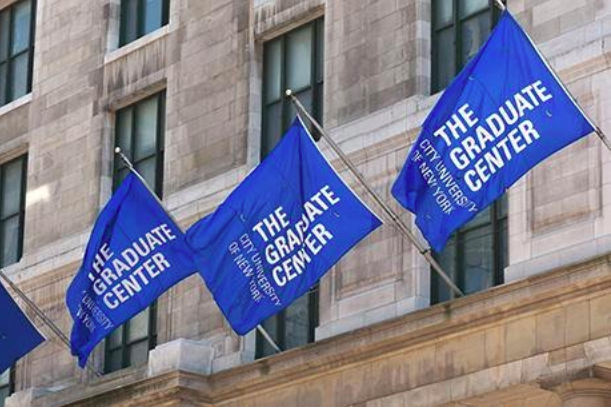Jim Dwyer, a journalist with The New York Times, spoke in front of an audience of 45 people about “stop and frisk” on April 15.
Dwyer joined The New York Times in 2001 following a career where he won two Pulitzer Prizes, prestigious awards given to journalists, and wrote six books.
Dwyer stated that 700,000 individuals were stopped and frisked in 2012, with 3 percent of those arrests ending in conviction based on possessing and openly using marijuana. Generally, either black or Hispanic men under 25 were arrested, despite, as Dwyer noted, whites using marijuana at higher rates.
Dwyer then showed video clips exemplifying police misconduct. The first video explained what happens when a police lineup and suspect selection goes wrong.
The second video showed a similar case where the police provided too much information to someone they interrogated.
“[The police lineup in the first video was] wrong, and the change in lineup caused for the accusation of innocent people,” Dwyer said.
In another video, a woman confessed to a crime she did not commit. Dwyer said the officers pressured individuals to choose a person who was the suspect. Moreover, officers who knew the answer changed the tone of their voice when they introduced a suspect.
“These people should be picking the right, not best person,” Dwyer said.
As a possible solution, Dwyer advocated that only one picture be presented at a time. Thus, it would provide a “better chance to pick the right person.”
Dwyer shifted to the history of police brutality with the case of Clifford Glover, a 10-year-old black child killed by a New York Police Department officer in 1973.
Dwyer said Glover was with his stepfather when officers Thomas Shea and Walter Scott stopped them both in south Queens over suspicion of robbery. Shea shot at them and killed Glover as they ran away.
[It was] the first case in New York City to have an on duty officer tried and acquitted for killing a civilian,” Dwyer said.
Tensions rose not only as a result of this case, but because of major issues between the police and communities.
“The public was accusing the police of only protecting the upper class,” Dwyer said.
Former New York City Mayor Rudy Giuliani introduced Compstat in 1994, which mapped out crime in each district as it continued to rise. At its peak, there were five to six murders per day in 1990.
In general, Dwyer noted how the police were either fiercely supported or opposed by residents.
“We don’t have a picture beyond picturesque or admiration; the [police] are either extremely good or extremely bad,” Dwyer said.
Several students left with more questions than answers.
Patrick Moses, a junior and member of the Ethnic Media Collection said he wished there was more to the discussion, as it did not go in-depth.
“I thought the event played it ‘safe’ and failed to touch upon many sensitive issues that are often discussed in regards to stop and frisk, such as the phenomenon of fearing black bodies or how these policies affect black and Latino communities on a personal level,” Moses said
Moses noted the audience was mostly people of color who understood the economics of stop and frisk, while Dwyer was not a person of color. As a result, he felt there was a “host-audience disconnect.”
Amir Khafagy, a transfer student, believed one solution would be “community control of all institutions influencing our lives.” In addition, he said he wished the speaker was someone with more experience with stop and frisk.
“It should have been a community activist with experience with broken windows and stop and frisk policies,” Khafagy said.
Khafagy concluded the presentation missed key points such as the connection between militarization of the police as well as gentrification.
Gentrification refers to renovations of communities where rich residents are able to afford housing at the expense of poor residents, who are then displaced.
“You cannot [discuss] one without the other,” Khafagy said.













